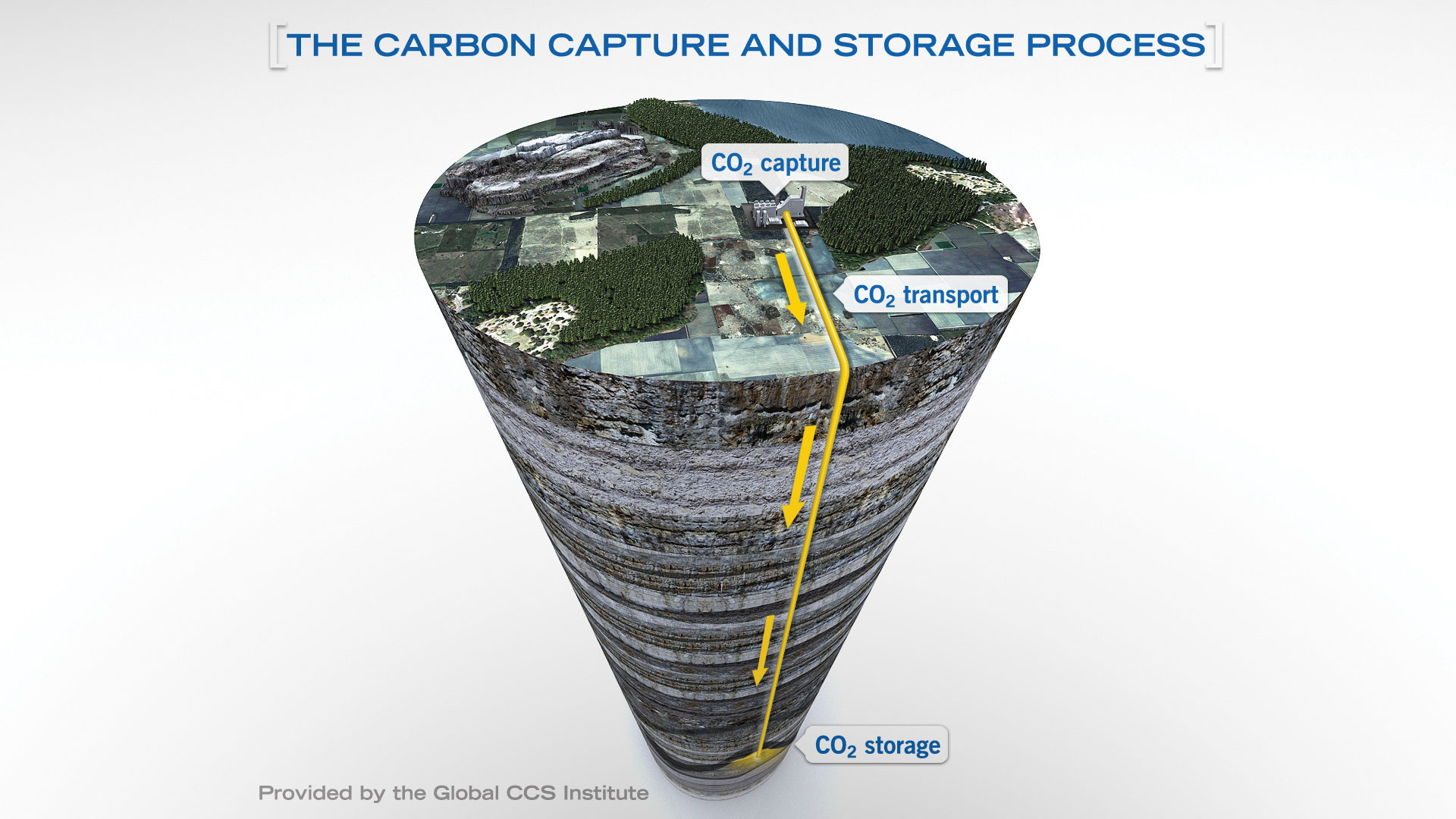Carbon capture and storage (CCS) is a critical technology to reduce emissions while maintaining energy supply and security.
Since 2000, CCS projects in Canada have safely captured and stored deep underground more than 44 million tonnes of CO2 that would have otherwise been emitted to the atmosphere. That’s the equivalent of taking nearly 9.5 million cars off the road.
According to the International Energy Agency (IEA), it will be “virtually impossible” to meet climate targets without dramatic expansion of CCS around the world.
But there are false narratives circulating about the viability of CCS. The Melbourne, Australia-based Global CCS Institute recently highlighted five of the biggest myths around the technology and explained why they are wrong.
Click here to access this content in its original post by the Global CCS Institute.
Myth #1: CCS is unproven
Fact: CCS technology has been in use for more than 50 years, and around 300 million tonnes of CO2 have already been successfully captured and injected underground.
Proof:
There are currently 29 CCS facilities in operation around the world, capturing and storing 40 million tonnes of CO2 per year, which is more than the annual energy-related emissions of many countries including Denmark, Ireland and New Zealand.
There are commercial-scale CCS facilities in operation across a wide range of emission sources including: gas processing, ethanol, fertilizer, steel and hydrogen production, as well as in power generation.
While there have been some well-publicized setbacks on individual CCS projects, these issues are no different than those facing other large industrial projects and overall CCS has proven to be technically and economically viable.
Myth #2: CCS is unsafe
Fact: The capture, transport, and storage of CO2 is well regulated and empirically proven to be safe.
Proof:
CO2 has been safely and reliably transported in the United States since 1972 with zero fatalities over its 50-year history.
Even in the unlikely event of a leak occurring during transport, there is very little human health risk when pure CO2 is released into ambient air because it is not flammable or explosive, nor is it toxic to humans unless the release is catastrophic – very rapid and in extremely high quantities.
The likelihood of a leak occurring once the CO2 is underground is very low. According to the Intergovernmental Panel on Climate Change (IPCC), CO2 stored in appropriately selected and managed geological reservoirs is 99 per cent likely to remain there for over 1,000 years.
Myth #3: CCS is too expensive
Fact: The cost of CCS is quickly declining as the breadth of deployment increases and additional policy and financial incentives are made available.
Proof:
CCS has seen rapid growth and decreased costs in recent years thanks to new business models, and increased government and private sector R&D.
With more than 140 CCS facilities currently in development globally, costs are projected to decline even further with economies of scale.
The IPCC found that it would be, on average, 138 per cent more expensive to reach global climate goals without the deployment of CCS.
Myth#4: CCS only prolongs the life of fossil fuel industries and delays the world from reaching global climate goals
Fact: CCS is a necessary tool for reducing the emissions of fossil fuels already in use and putting the world on a path to net-zero.
Proof:
CCS is an essential tool that we can deploy today to reduce emissions from the global fossil fuel power fleet we already have. This is critical because without CCS retrofit or early retirement, coal, and gas-fired power stations will continue emitting CO2 at rates that will consume 95 per cent of the IEA Sustainable Development Scenario carbon budget by 2050.
Even in a scenario where the world rapidly reduces fossil fuel consumption and halts any additional development, the IPCC and the IEA both agree that CCS will still play an important role in reaching climate targets because it is the only option for decarbonizing several non-energy sectors that are fundamental to modern society, such as cement, steel, chemical, and fertilizer production.
CCS is also the main technology to underpinning carbon removal from the atmosphere via direct air capture (DAC) and Bioenergy with CCS (BECCS) technologies.
Myth #5: There is not enough space to safely store all the CO2 captured by CCS projects
Fact: The world has more than enough capacity for CO2.
Proof:
According to the 2021 CO2 Storage Resource Catalogue, there are more than 14,000 gigatonnes of storage resources across the entire catalogue. To put this into context, according to the IEA, global energy-related CO2 emissions stood at just 33 gigatonnes in 2021.
Storage resources can be found in almost every nation in the world, an important factor enabling the global deployment of CCS.
